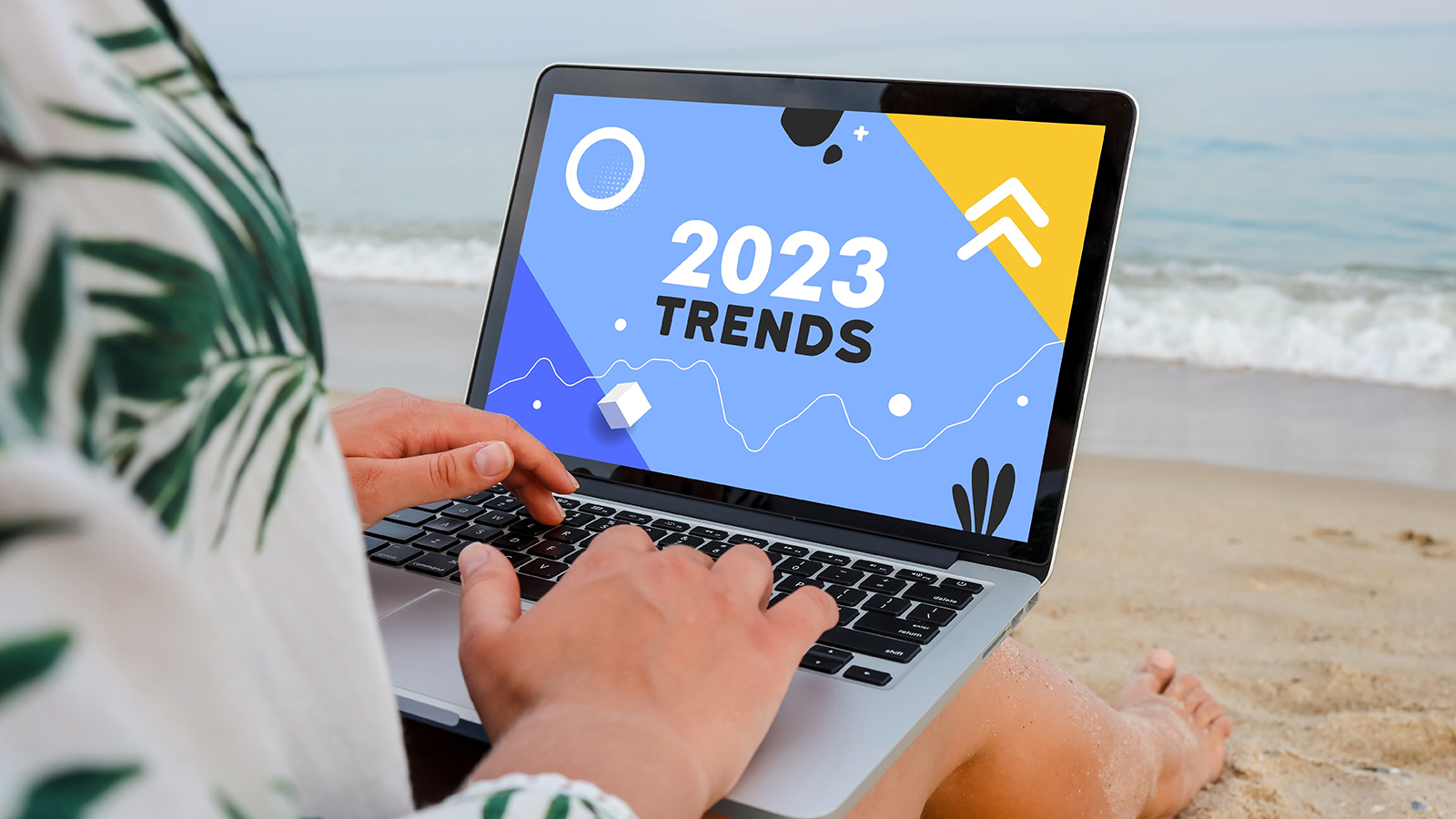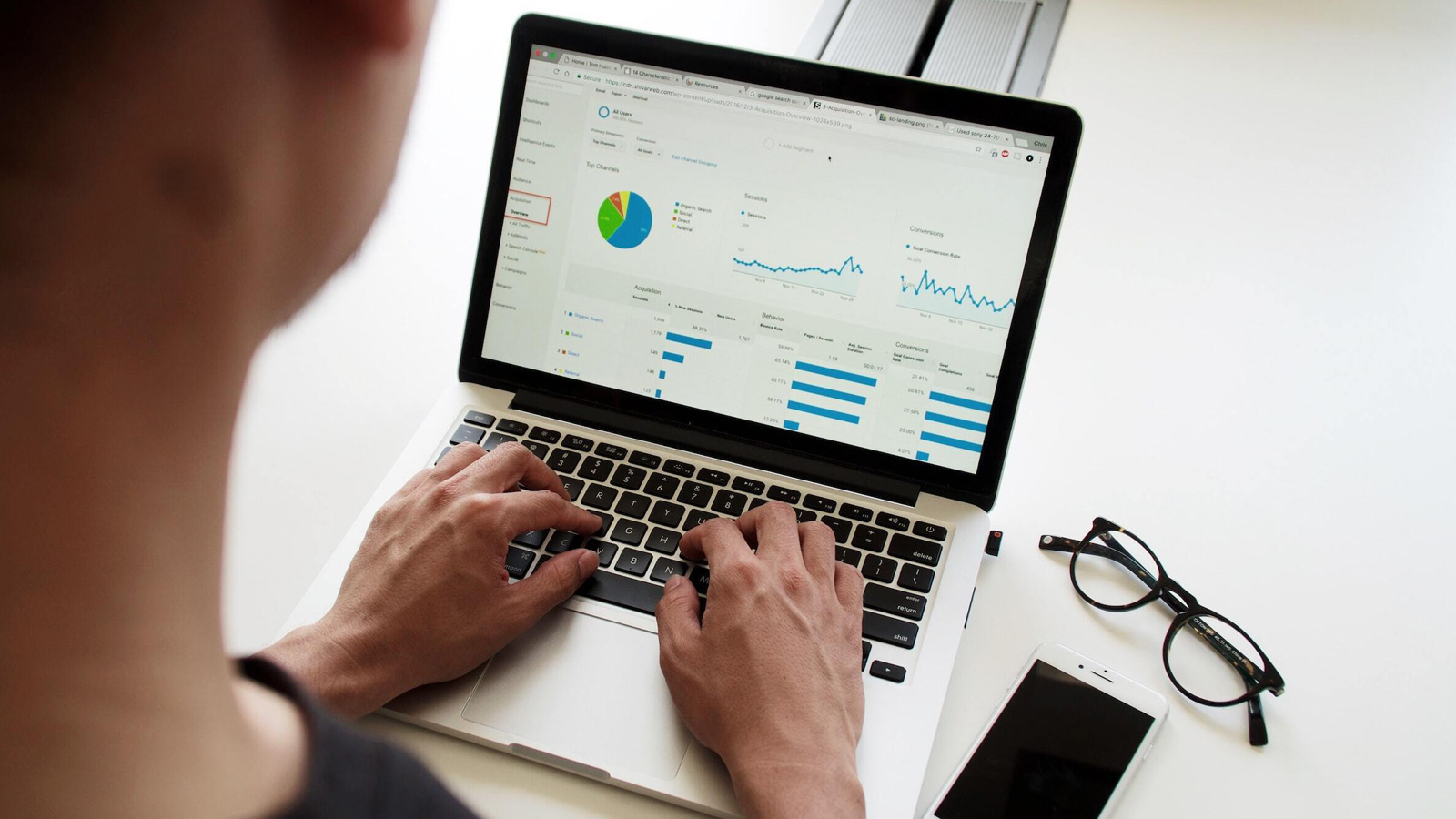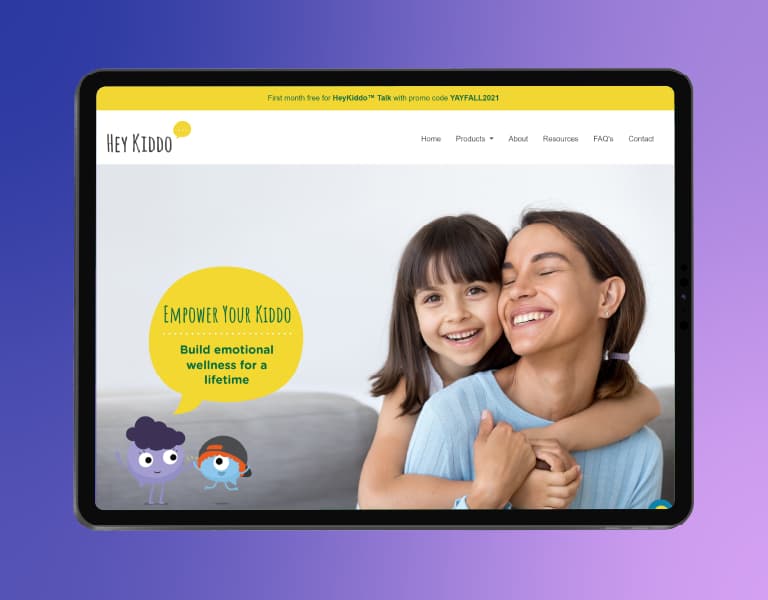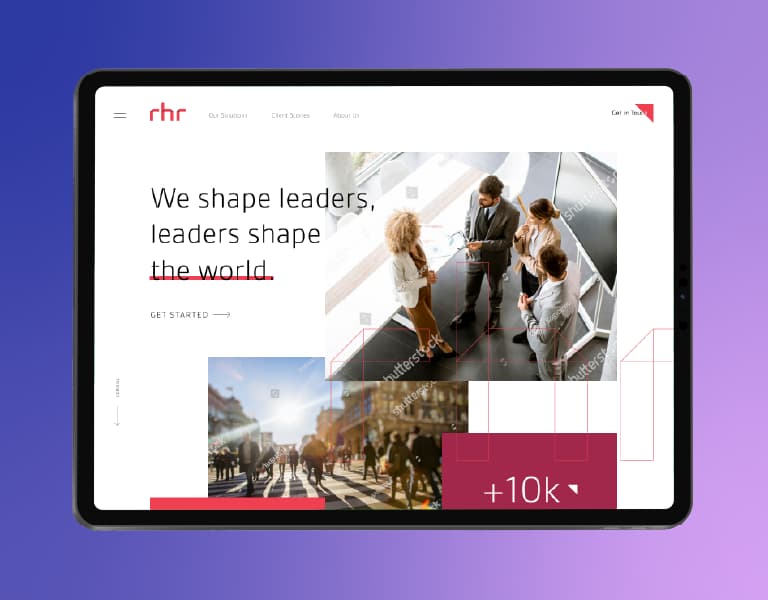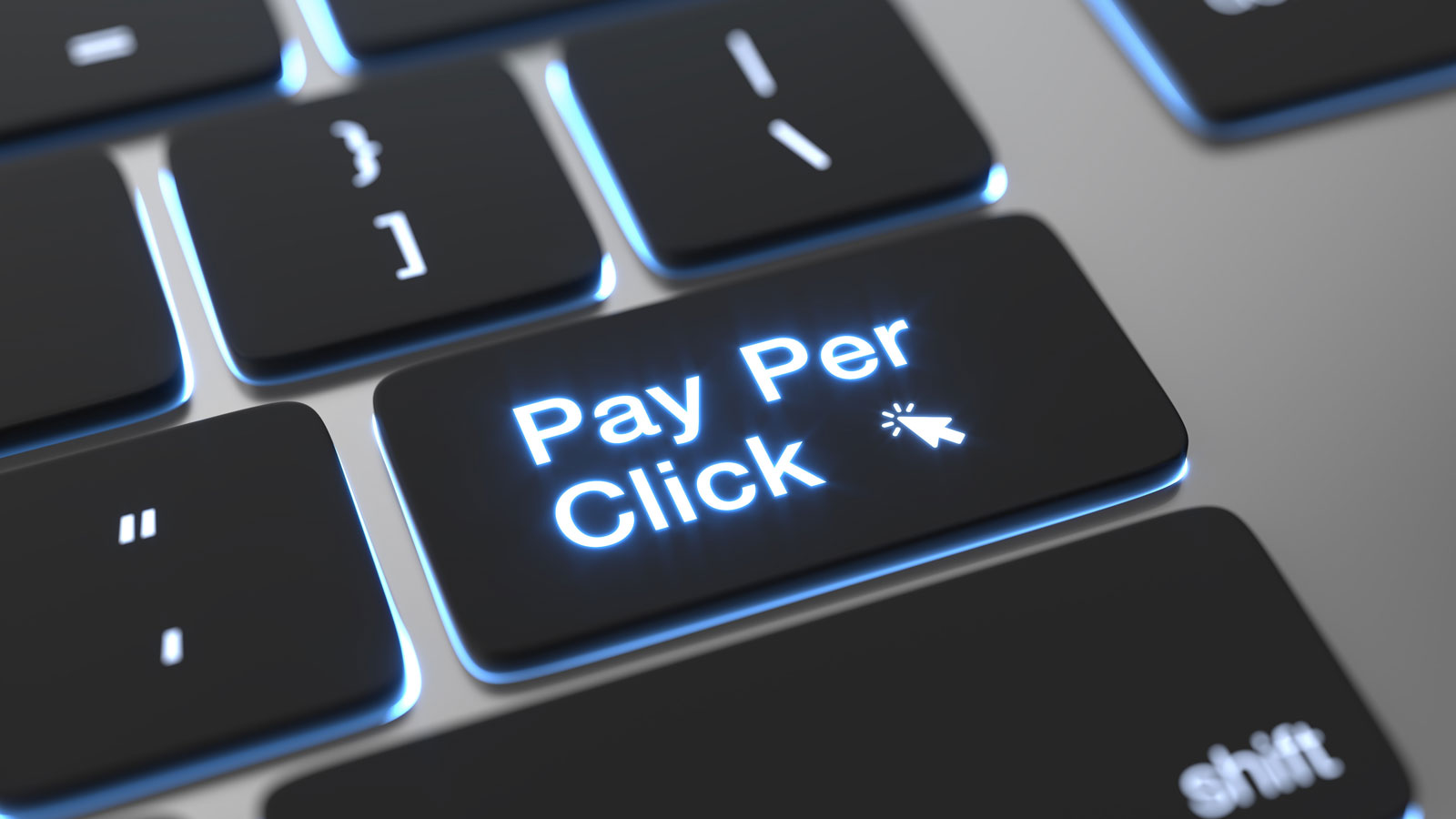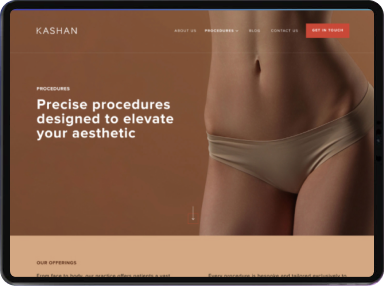
Your Guide To PPC Audience Targeting

If you’re a digital marketer, we’re willing to bet you spend a lot of time crafting pay-per-click (PPC) advertising campaigns. After all, PPC is arguably one of the most valuable tools in any digital marketer’s arsenal. Highly targeted and budget-friendly, PPC tends to have the highest payoff for the lowest spend – according to one recent study, online-only businesses see as much as 46% of their revenue come directly from their PPC campaigns.
PPC refers to a method of advertising in which advertisers pay a fee each time one of their ads is clicked. Once the ad is clicked and a visitor is sent to the advertiser’s website, the advertiser pays a fee ranging from a few cents to a few dollars. Typically, the fee is trivial; if a company pays $3 per click, but the click results in a $300 sale, then they’ve made a pretty decent profit.
PPC might sound like the magic bullet solution for higher conversion rates and more revenue. But there’s more nuance to PPC than meets the eye. PPC doesn’t refer to just one advertising methodology; it involves several different kinds of targeting options designed to optimize maximum performance for a business. Each one creates a unique opportunity for advertisers to reach the right people and drive the most impact for their bottom line.
One of the most important of these options is PPC audience targeting. In this article, we’ll break down the key components of PPC audience targeting and how to leverage it for maximized campaign ROI.
What Is PPC Audience Targeting?
PPC audience targeting refers to the process of separating target audience members into different segments based on demographic data, such as their age, location and interests. Separating audiences into different segments allows for businesses to serve advertisements that are more likely to speak directly to their wishes, needs and pain points. The more resonant the content, the more likely the PPC campaign will be successful.
How Does PPC Audience Targeting Work?
The short answer is with data.
PPC audience targeting is made possible by leveraging both first-party and third-party data. First-party data includes the information a business has captured via cookies and usually denotes a customer’s interests and behaviors. Third-party data includes information collected from an outside source, such as geographic location.
Armed with both data sets, advertisers are able to then segment their audience members into distinct groups and target them with content that’s relevant to their key characteristics. For example, an online swimwear retailer might be able to target audience members whose interests include swimming or going to the beach for vacation.
Why Is PPC Audience Targeting Important?
The fundamental component to PPC audience targeting is understanding the buyer’s journey. Marketing your product or service successfully involves meeting people exactly where they are and presenting the right message at the right time. Audience targeting helps you do exactly that, bolstering your pipeline with more high-quality leads that have actual demand for your product or service.
The fundamentals of PPC might seem simple, but putting them into action is an entirely different animal. If you’re looking to craft a solid PPC strategy to maximize your brand’s reach and impact, get in touch!
